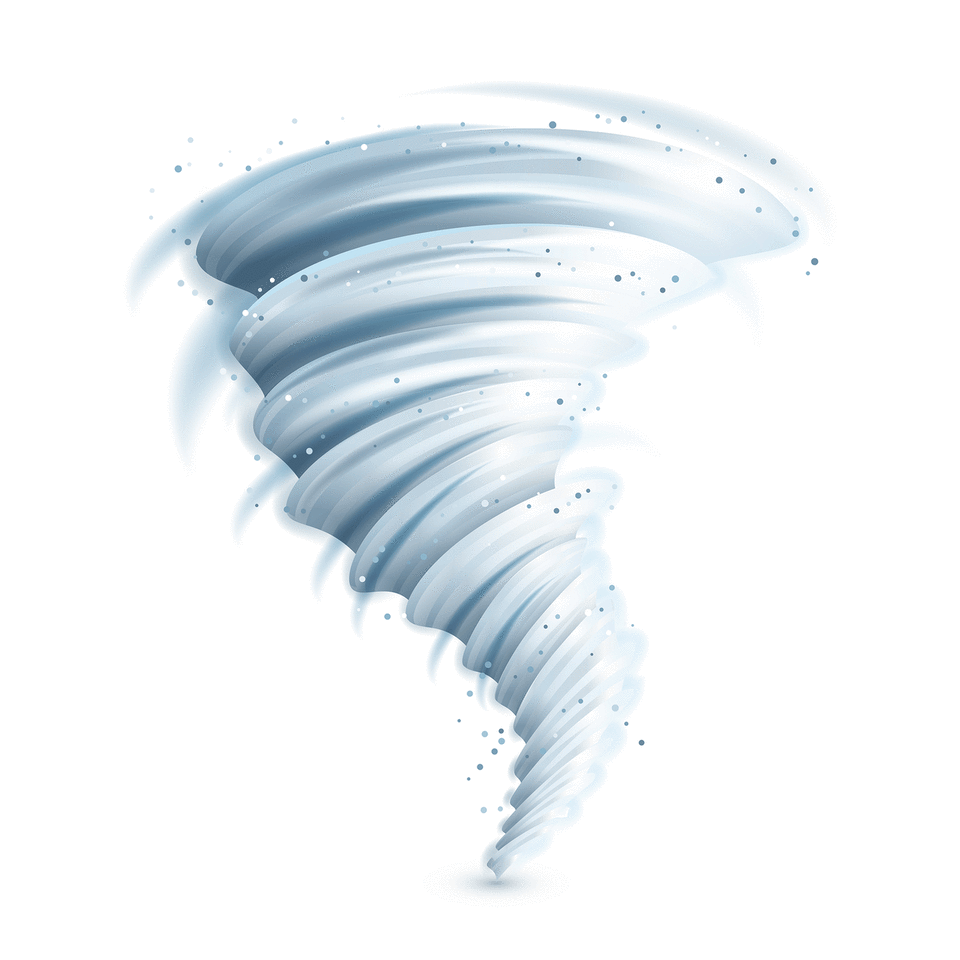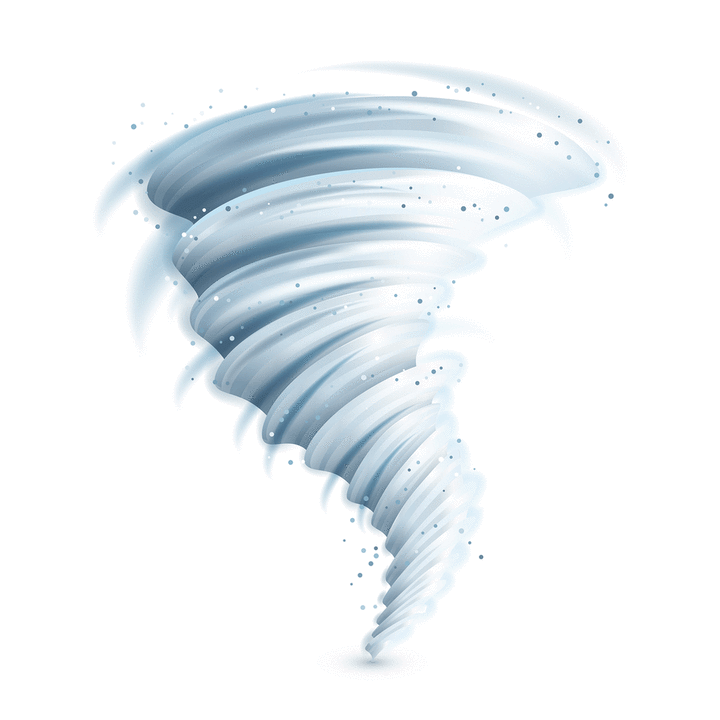In this issue
Issue 42 • August 2021


Over the past two years, the capabilities of medical devices that can help provide homecare have been vital for both patients and hospitals; keeping beds available for Covid-19 patients and allowing patients to return to the comfort of their own homes. But parallel to the advance of this technology has been a rise in the number of extreme weather events that either completely cut, or threaten the reliability, of the electrical power needed to keep life-saving equipment running. We investigate the growing problem of power cuts and medical tech use.
Elsewhere in this issue, we examine an unusual location for diagnostics – the toilet bowl. Stool samples have been a notable part of medical analysis for years, but in many cultures, the subject of collecting poo can be embarrassing and uncomfortable for the patient and may even prevent them from seeking professional help. Researchers at Duke University, US, claim to have developed a solution to this messy problem with an AI tool that can document stool characteristics in the toilet before the sample is flushed away. We find out more about the potential of this ‘smart toilet’.
Also, we explore the regulation of laboratory-developed tests, learn how companies are using AI to fight disparities in medicine, and round up key developments that are improving the sensitivity of medical sensors.
For all this, plus the latest insight and analysis from GlobalData, read on.
Eloise Mclennan, editor